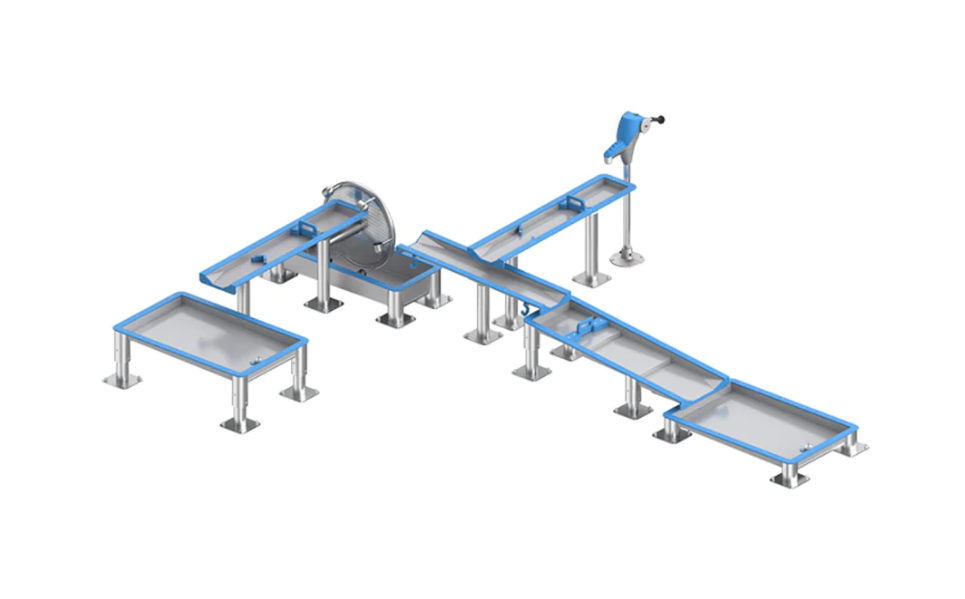Children, by nature, are attracted to water, whether by the sea, lakes, or rain; and playing with water and mud is very fun and satisfying, so it is common to see children jumping in puddles and splashing, as they are a great stimulus that also provides many benefits physically, emotionally and learning. There are a lot of games and activities that can be performed using water and mud as a base. In this article, we will learn some benefits of playing with these elements.
Increases serotonin levels
Serotonin is a neurotransmitter related to the control of emotions and moods that also controls motor activity, perception, and cognitive function; it is linked to the functioning of the vascular system and plays an essential role in the formation and maintenance of bones. Serotonin, with dopamine and norepinephrine, controls anxiety, fear, aggression, and distress.
Playing with water and mud increases serotonin levels, improving children’s mood and making them happier, but also helps increase their ability to concentrate and learn. Additionally, it reduces anxiety, prevents childhood depression, and increases motivation to learn new skills.
Strengthens the immune system
When in contact with mud and soil, children’s immune system works against germs and bacteria, becoming more robust and resistant. Children who are in “too clean” environments are often more prone to allergies, for example, to pollen or fruits, as their immune system starts to react to other substances that are not germs since they are not in contact with them; so also playing in dirt, water, and mud, helps to reduce the levels of asthma and other allergies.
Maintains contact with nature
Playing with mud and water prevents direct contact with natural elements, encourages outdoor activities, and allows children to breathe fresh air and receive sufficient vitamin D, thus stimulating contact with nature and avoiding sedentary lifestyles and physical activities, preventive measures against childhood obesity.
Promotes sensory stimulation
Water and mud are fresh, wet, manageable elements, ideal for the stimulation of the tactile system; the smell of damp earth is also very satisfying and allows that connection with nature, offering a sense of freedom since, in general, children are not allowed to get dirty or wet, so children enjoy the most of these activities a little out of the norm, the feeling of wet clothes, splashing, textures, everything makes the experience of the game is of total pleasure for children.
Development of new skills
Playing with natural elements allows for open-ended, unstructured play that will enable children to experiment, for example, seeing how water behaves as it is passed from one container to another (for example, the water tables for playgrounds) or discovering how the texture of mud changes as more water is added. Splashing, dunking, and squeezing are some of the activities that can be done while playing with water and mud, which will help develop fine and gross motor skills, allowing children’s muscles to work at a different level since the liquid medium offers an extra resistance, which also favors coordination, strength, and orientation. Water and mud also stimulate symbolic and imaginative play, encouraging creativity, relaxation, and socialization with other children.
What did you think of this topic? What other benefits do you think sand tables offer?
If you want to purchase water tables for playgrounds, you can visit the following link.
